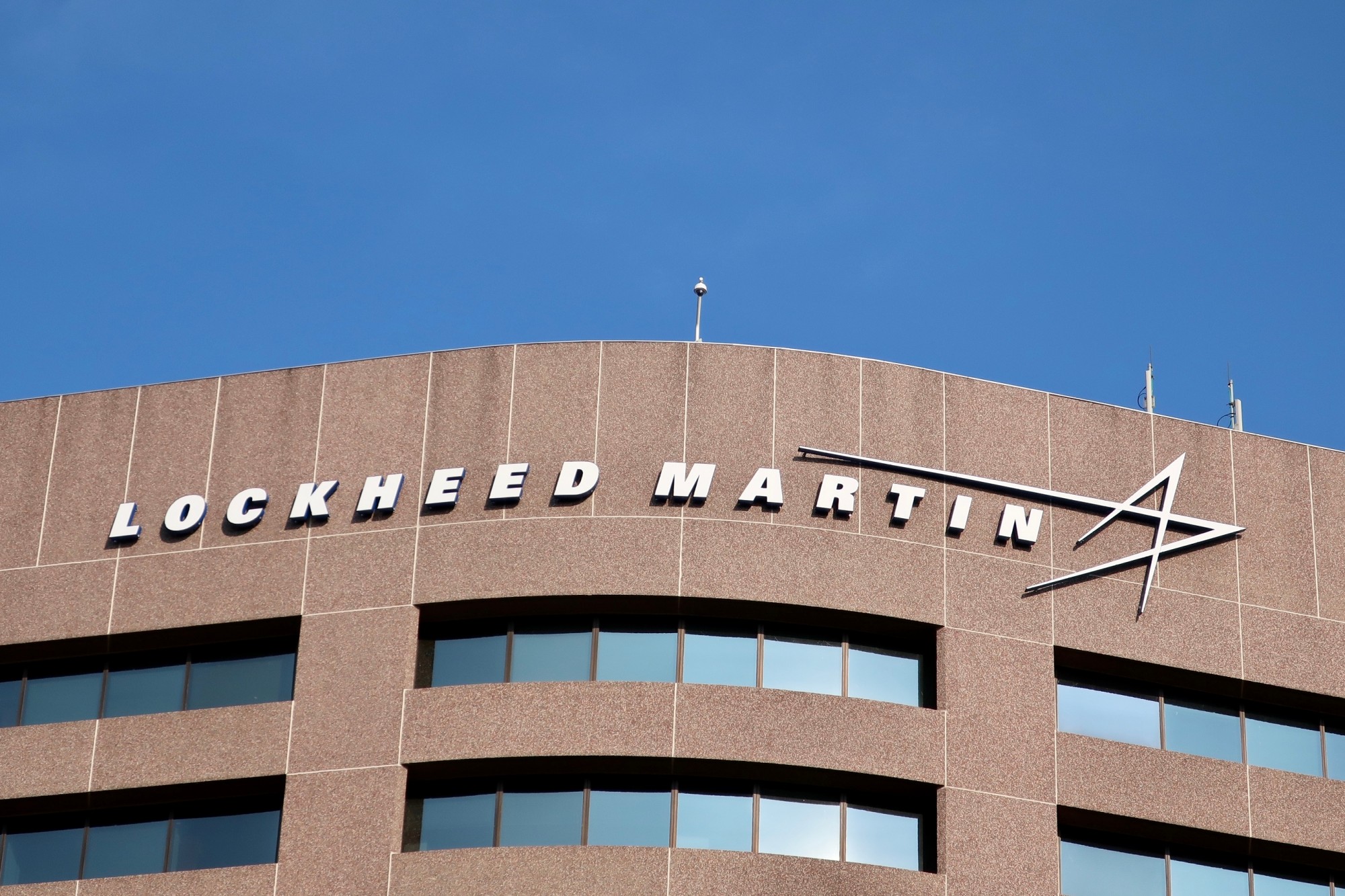Energy Efficiency, GHG Emissions, Industrial - March 4, 2024
Lockheed Martin: Driving Company-wide Energy and Water Efficiency Through the Energy Playbook
Lockheed Martin Corporation is a global security and aerospace company. Since the inception of its Go Green program in 2007, Lockheed Martin has implemented and refined its energy management program to meet the various iterations of company goals, including a gated fund for Go Green capital projects, comprehensive energy engineering analyses, and hundreds of implemented projects. The Lockheed Martin Energy Playbook (EPB) builds on this energy management progress by making it easier to get a bird’s eye view of potential opportunities and consider them for an entire site or group of sites.
Figure 1. Example Playbook summary for a site, with a spider diagram of opportunities

Policies
Lockheed Martin’s approach to championing environmental stewardship through resource efficiency is called “Go Green” and it extends to their facilities across the world. Go Green drives operational improvements by reducing carbon emissions through energy efficiency and the use of renewable energy, as well as reducing water use and waste generation. In 2022, the company adjusted its goals to account for the significant variation in occupancy driven by COVID-19-related operational changes.
Process
The Lockheed Martin Energy Playbook (EPB) is an internally developed benchmarking tool for the comparison and identification of energy and water efficiency opportunities for facilities greater than 50,000 square feet at the company’s most energy-intensive sites. The EPB was introduced in 2020 as a supplement and improvement to ongoing assessment and energy engineering evaluations, offering a new method to consistently identify, grade, and compare opportunities at the company’s largest sites and buildings.
The EPB is a checklist of 80 efficiency attributes across 8 main categories (Envelope, Controls, HVAC, Lighting, Compressed Air, Process, Renewable Energy, and Water Conservation). Each facility is assigned a 1-100 score and color code, which rounds up to an overall site-level score that is weighted by facility square footage. Spider diagrams show where there are opportunities in each of the 8 categories.
Figure 2. Example Efficiency Attributes Questionnaire within the Compressed Air Category

The EPB is completed by a mechanical engineer working with facility engineers, who also complete fields for relevant notes. Each EPB includes virtual assessments of building management systems, followed by an onsite walkthrough. Depending on the number and size of facilities, each EPB can take up to 240 hours of Corporate Environmental, Safety, and Health and site team labor to complete. The results are shared with the site in an EPB debrief and are used to inform action areas when more detailed structured improvement activities begin.
The intent is to score at least four large sites (one in each business area) each year. One EPB was completed in 2020 due to pandemic-related disruptions, and four were completed in both 2021 and 2022. The draft timeline is to complete 20 EPBs by 2024-2025, and to complete follow-on EPB reviews after 3-4 years as Lockheed Martin continues to develop and implement tactical plans and projects. The EPB baseline and follow-up scores will be compared to measure improvement and success.
Outreach
The EPB was collaboratively conceived and developed during Lockheed Martin’s goal-setting meetings over 18 months. When it was ready to deploy, EPB introductory webinars were conducted with key facility team members before EPB evaluations began.
Measuring Success
The EPB initiative resulted in a streamlined, consistent approach to cataloging, comparing, prioritizing, and executing projects. For example, projects at each of the five sites where EPBs have been completed are included in Go Green capital plans. Therefore, one way success is measured is by completing follow-on energy, water, and renewable energy actions and projects resulting from the EPB scoring process.
Another way success is measured is through realized energy, water, and carbon emissions avoidance. Finally, the most direct measure of success is to demonstrate improvements by comparing EPB baseline and follow-up numerical scores: higher scores over time mean that facilities and sites have fewer unrealized opportunities for improvements.
Outcomes
The EPB changes the way Lockheed Martin identifies facility efficiency opportunities by streamlining existing practices and enabling EHS managers to compare opportunities within an entire site or across a group of sites. For example, a structured improvement activity conducted at one of the EPB sites resulted in identifying $7.9M in energy savings and renewable energy projects with the potential to save over $1.8M annually upon completion. Projects identified include pressurized humidifiers, water-to-water heat pumps, compressed air heat reclaim, off-hours HVAC shutdown via the building management system, chiller plant optimization, and a variable frequency drive on the condenser pump.
This column originally appeared on the Better Buildings website.

The Better Buildings Solution Center houses over 3,000 resources shared by Better Buildings partners and other stakeholders. These replicable solutions help organizations bolster their bottom line, advance technology innovation, create jobs, and spur energy efficiency investments.
Stay Up-To-Date












